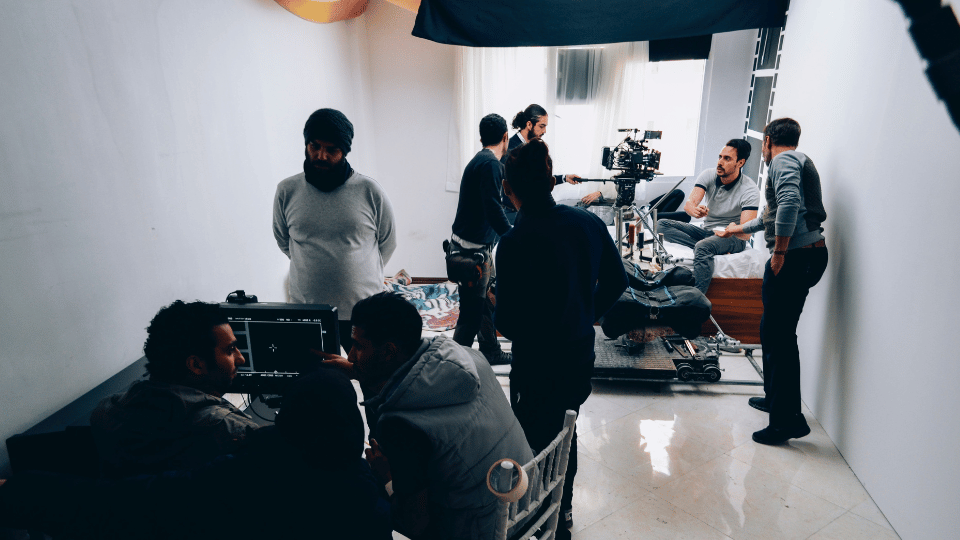Shoe design is an intricate and fascinating aspect of the fashion industry, blending creativity, technical skills, and innovation to create footwear that is both stylish and functional. From concept development to material selection and prototyping, shoe designers play a pivotal role in shaping trends and setting new standards in the world of fashion.
The Art of Shoe Design
Shoe design is a meticulous process that involves a combination of artistic vision and technical expertise. Designers start by sketching their ideas on paper, translating their concepts into tangible designs that capture the essence of their vision. These initial sketches serve as the blueprint for the creation of prototypes and samples, allowing designers to refine their designs and bring them to life.
Material Selection and Innovation
The choice of materials is crucial in shoe design, as it impacts not only the aesthetics but also the comfort and durability of the footwear. Designers must carefully select materials that align with the design concept while meeting quality and performance standards. From traditional leather and suede to modern synthetic fabrics and sustainable alternatives, the possibilities for material innovation in shoe design are vast and ever-evolving.
Prototyping and Testing
Prototyping plays a vital role in the development of shoe designs, allowing designers to assess the fit, comfort, and overall functionality of their creations. Through prototyping, designers can identify areas for improvement, make necessary adjustments, and ensure that the final product meets the desired specifications. Testing prototypes through wear trials and feedback sessions helps designers refine their designs and address any potential issues before production.
Trends and Inspiration
Shoe designers draw inspiration from various sources, including art, architecture, nature, and cultural influences. Staying attuned to current fashion trends and consumer preferences is essential for creating designs that resonate with the market. Whether drawing inspiration from historical footwear styles or pushing the boundaries with avant-garde creations, shoe designers constantly seek new and innovative ways to captivate audiences with their designs.
Collaborations and Industry Connections
Collaborations between shoe designers and other industry professionals, such as pattern makers, sample makers, and manufacturers, are common in the shoe design process. Establishing strong connections within the fashion industry can open up opportunities for collaboration, mentorship, and exposure to new techniques and technologies. Networking with industry insiders and attending trade shows and events can help designers stay informed about the latest trends and developments in shoe design.
The Role of Technology
Advancements in technology have revolutionized the field of shoe design, offering designers tools and software that streamline the design process and enhance creativity. Computer-aided design (CAD) software allows designers to create detailed 3D models of their designs, facilitating precision and accuracy in the design phase. Virtual prototyping and simulation tools enable designers to visualize their creations in a digital environment before moving to physical prototypes, saving time and resources in the development process.
Sustainability in Shoe Design
In recent years, sustainability has become a key focus in the fashion industry, including shoe design. Designers are increasingly incorporating eco-friendly materials, such as recycled plastics, organic cotton, and plant-based alternatives, into their designs to reduce environmental impact and promote ethical practices. Sustainable shoe design involves considering the entire lifecycle of a product, from sourcing materials to end-of-life disposal, to minimize waste and carbon footprint.
Specialization in Shoe Design
Shoe design offers a range of specialization opportunities for designers looking to hone their skills in specific areas of footwear design. Specializations may include athletic footwear design, luxury shoe design, children’s shoe design, or orthopedic shoe design, each requiring a unique set of skills and knowledge. Specializing in a particular niche can help designers carve out a distinct identity in the competitive landscape of shoe design and cater to specific market segments.
Entrepreneurship in Shoe Design
For aspiring shoe designers with a passion for entrepreneurship, starting their own footwear brand can be a rewarding venture. Launching a shoe design business involves not only creating innovative designs but also understanding the business side of the industry, including production, marketing, sales, and distribution. Building a brand identity, establishing a strong online presence, and cultivating relationships with suppliers and retailers are essential steps in building a successful shoe design business.
Career Opportunities in Shoe Design
The field of shoe design offers a diverse range of career opportunities for talented designers with a passion for footwear. Some of the top jobs in shoe design include:
- Footwear Designer: Responsible for creating original designs for shoes, boots, and sandals, collaborating with design teams and manufacturers to bring designs to life.
- Product Developer: Involved in the technical aspects of shoe design, including material selection, prototyping, and quality control, ensuring that designs meet performance and production standards.
- Trend Forecaster: Researches and analyzes fashion trends to inform design decisions, predicting future trends and consumer preferences in the footwear industry.
- Footwear Merchandiser: Manages the buying and selling of footwear products, analyzing market trends, and consumer behavior to optimize product assortment and drive sales.
- Shoe Pattern Maker: Translates design sketches into technical patterns for shoe construction, ensuring proper fit and functionality of the footwear design.
- Brand Manager: Oversees the marketing and branding strategies for footwear brands, developing campaigns to promote products and enhance brand visibility in the market.
- Footwear Stylist: Collaborates with fashion editors, photographers, and designers to create visually compelling shoe styling for editorial shoots, fashion shows, and advertising campaigns.
- Footwear Technologist: Specializes in the technical aspects of shoe design, such as materials science, biomechanics, and manufacturing processes, to innovate and improve footwear performance and comfort.
- Footwear Buyer: Selects and purchases footwear products for retail stores or online platforms, negotiating with suppliers and analyzing market trends to curate a diverse and appealing footwear collection.
- Footwear Educator: Teaches shoe design and related courses at educational institutions or workshops, sharing knowledge and expertise with aspiring designers and industry professionals.
From designing cutting-edge sneakers to crafting elegant high heels, shoe designers play a crucial role in shaping the footwear landscape and setting trends in the fashion industry. The artistry, innovation, and technical skill involved in shoe design make it a dynamic and rewarding career path for creative individuals passionate about fashion and footwear.
Conclusion
Shoe design is more than just fashion—it’s a complex craft that merges artistry with innovation, style with substance. Whether you’re sketching a new concept, selecting sustainable materials, or launching your own footwear brand, the world of shoe design offers endless opportunities to make a statement, push boundaries, and leave a footprint in the industry.
For anyone passionate about fashion, functionality, and creative expression, a career in shoe design opens doors to a rewarding and dynamic future—where every step you take has the potential to inspire.
Key Takeaways:
- Shoe design blends creativity and technical skill, from concept sketches to final prototypes.
- Material selection and innovation are essential to achieve comfort, aesthetics, and sustainability.
- Trends, culture, and technology inspire and shape the future of footwear design.
- Specialization and entrepreneurship offer diverse career paths, whether in athletic, luxury, or sustainable footwear.
- Collaboration and industry insight are vital for success, along with a deep understanding of both design and business.
The art of shoe design blends creativity and innovation to shape trends in fashion. Key takeaways include material selection, trends, sustainability, and career opportunities. For further insights into the footwear business, consider exploring the FIT Footwear Business Foundations online course and certificate program offered by Yellowbrick.








